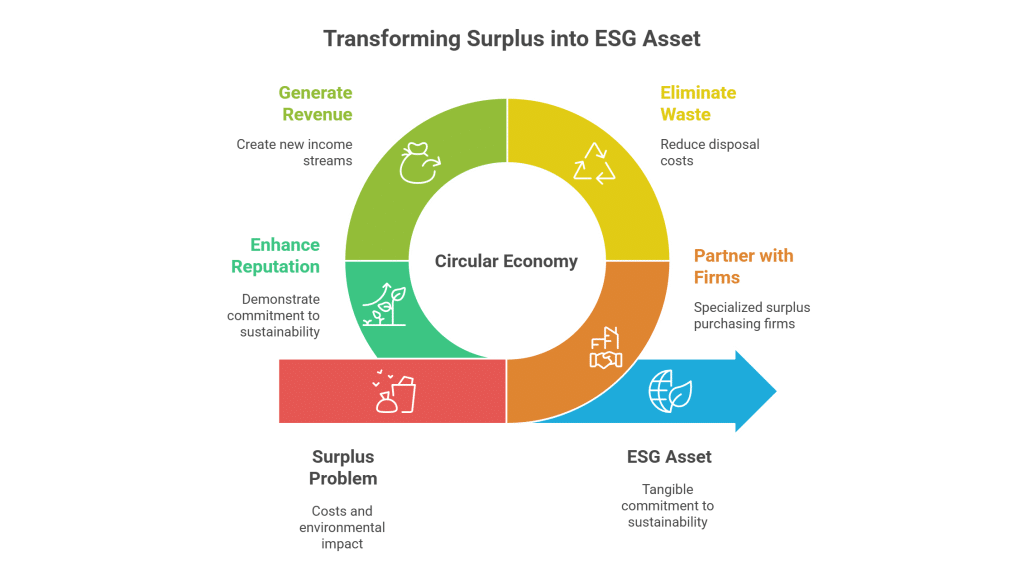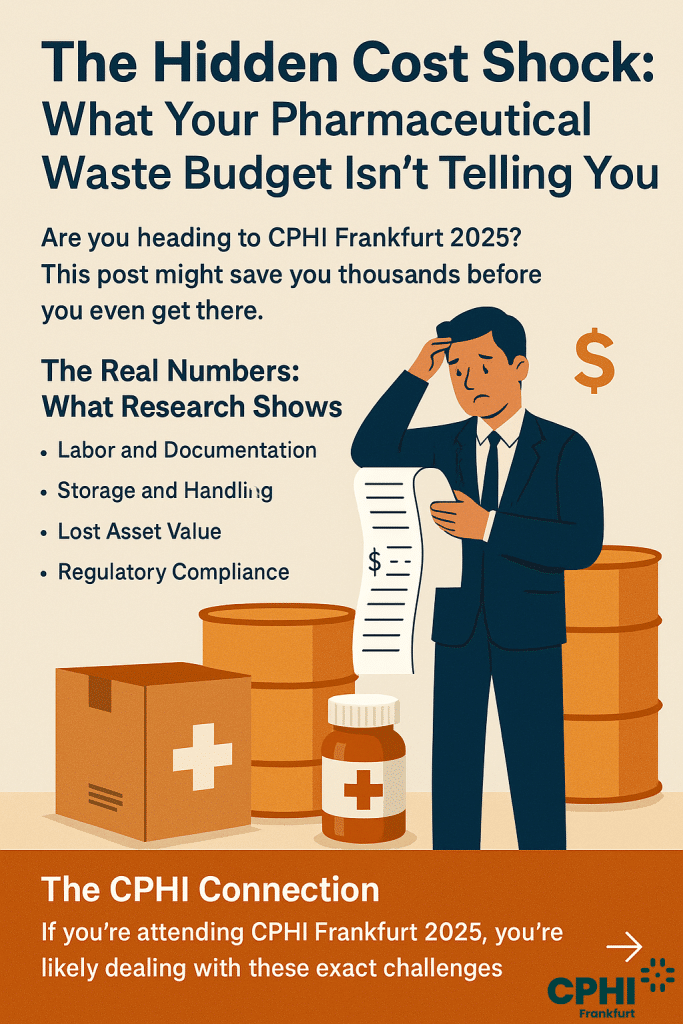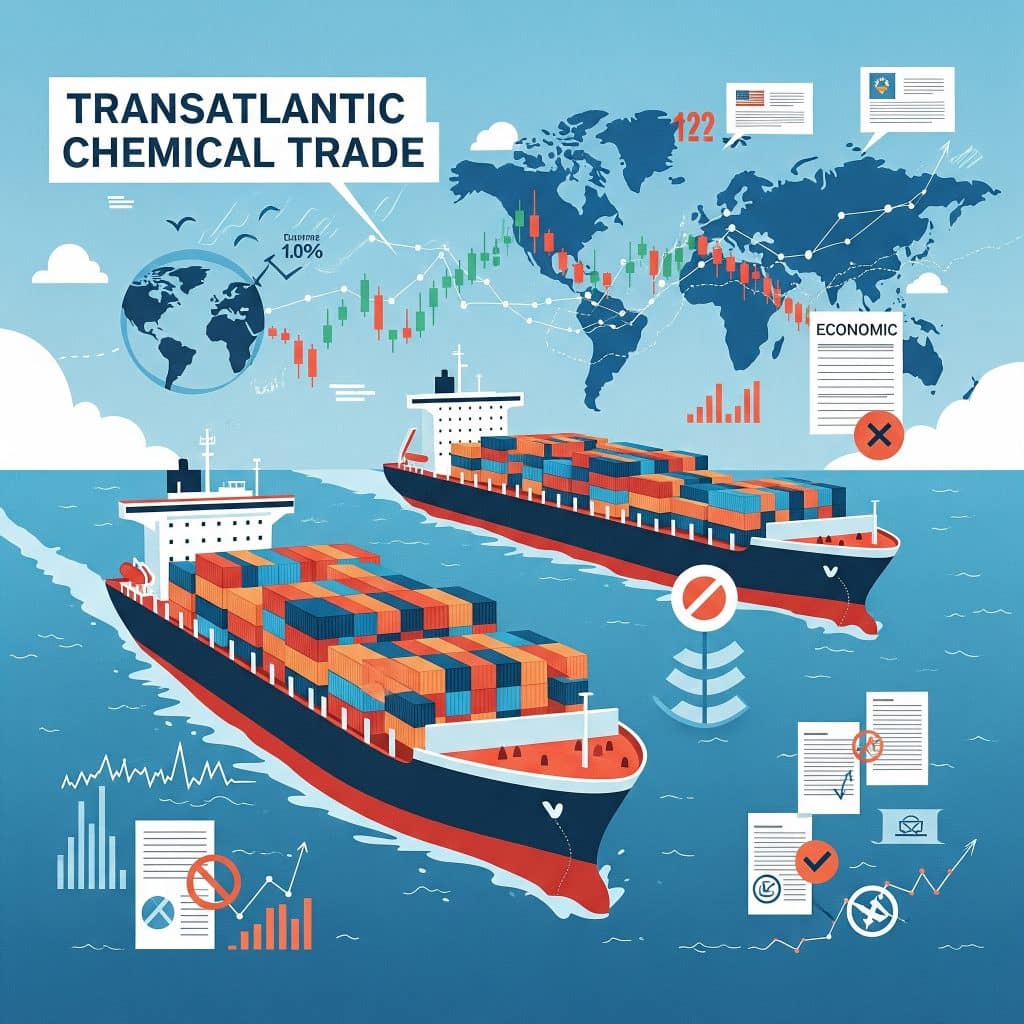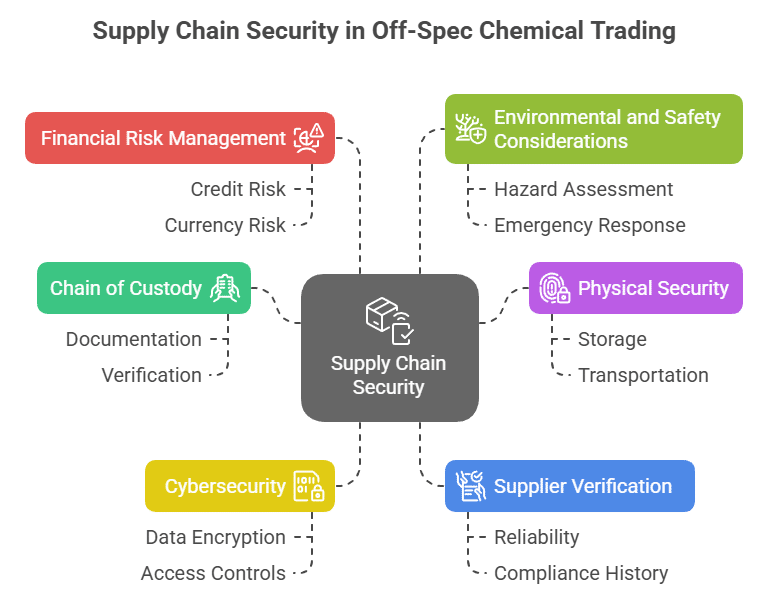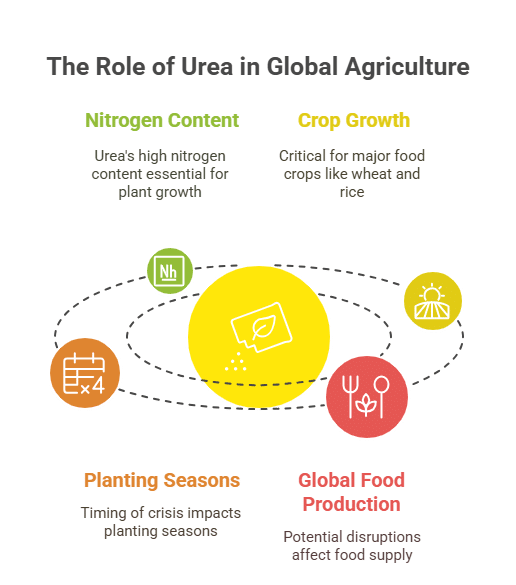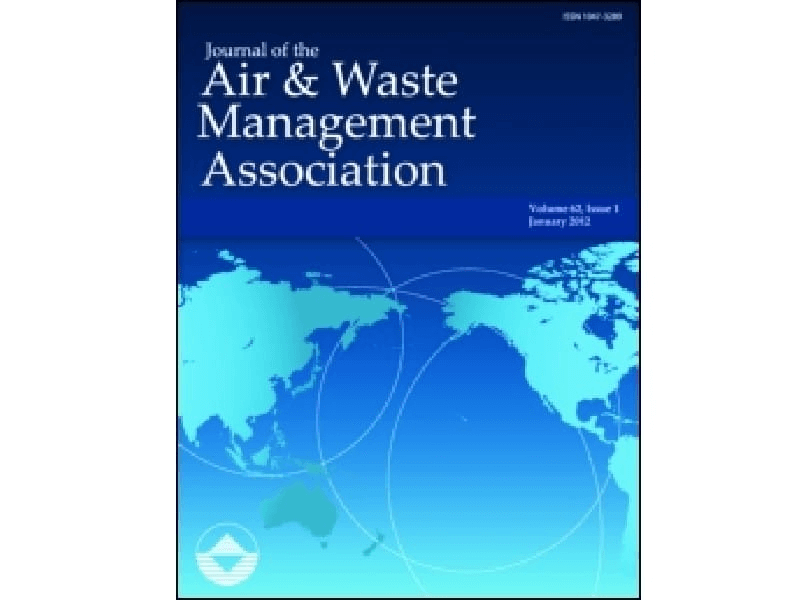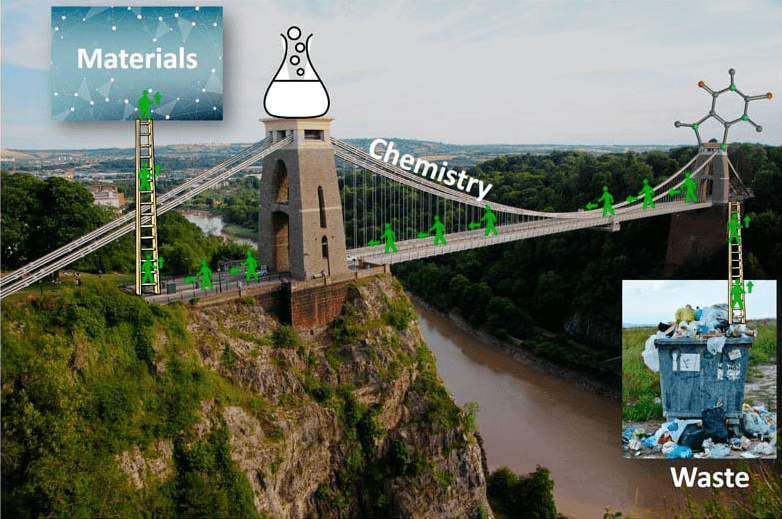Transforming Surplus Sodium Gluconate into Value for Cleaning and Food Industries
Buy & Sell Surplus Sodium Gluconate for Innovative Cleaning Products & Food Additives Applications
Sodium Gluconate Applications in Cleaning Products and Food Additives
Table of Contents
Transforming Excess Sodium Gluconate into Sustainable Success
A leading manufacturer in the food additives sector faced an unexpected surplus of sodium gluconate due to seasonal production variances. Instead of resorting to costly disposal procedures, the company decided to liquidate its excess inventory through a specialized trading platform. This move not only generated a much-needed revenue stream, but it also significantly reduced storage and environmental management costs. Simultaneously, a prominent producer in the cleaning products industry acquired the surplus material to enhance its detergent formulations, resulting in improved performance and customer satisfaction. Both parties experienced a win-win scenario, proving that surplus chemical trading can be an effective strategy for operational efficiency and sustainable business growth.




